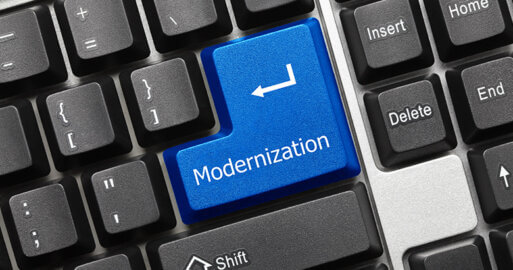EMIR Level III – Changes in regulatory standards for Novmeber 1, 2017 Part 2
 The European Market Infrastructure Regulation (EMIR) framework set up a reporting regime for entities trading derivatives in Europe. With the new Level III regulations the framework received this year, traders will be faced by new challenges in their quest for compliance.
The European Market Infrastructure Regulation (EMIR) framework set up a reporting regime for entities trading derivatives in Europe. With the new Level III regulations the framework received this year, traders will be faced by new challenges in their quest for compliance.
This second blog post dealing with EMIR Level III changes will go more into depth on what exactly will change with the new rules becoming mandatory on November 1st. The key aspects are the previous covered in the first post on EMIR Level III (link back to first post):
- Use of the LEI (Local Entity Identifier)
- Client codes, BIC or IEI are no longer allowed.
- For the purpose of indicating the counterparty, the broker, the reporting body, the clearing member and the central counterparty, only the corresponding LEI codes shall be used and validated against the GLEIF database.
- Position Reporting
- A new way to differentiate between trade and position reports will be available via the “Level” field.
- The current workaround of using two reports with a compression will not be necessary anymore.
- The “Compression” field can now exclusively be used for portfolio compression.
- Delegation Scenarios
- The option of “Participant Delegation” is no longer available. ESMA ensures that only a complete delegation is allowed for reporting.
- Buyer and Seller Identification
- The buyer and seller identification has been specified in Article 3a of the Implementing Regulation 105/2017 for various transactions such as swaps, options, futures, commodity derivatives, interest rate transactions and others.
- Reporting Collateral
- Collateral reporting will now be possible for the initial margin and the variation margin.
- Generation and use of UTI’s (Unique Transaction Identifier) for the Trade ID
- Specifications for the determination of the competent authority for the generation of UTI according to Article 4a of Implementing Regulation 105/2017 have been provided
- Timely replacement of the Trade Interim ID by the Trade ID became an obligation, as Trade Interim ID is not allowed as of November 1st 2017
- Compliance for syntax specifications (e.g. the handling of special characters) has been provided
- Reporting of Compound Derivative Contracts
- The counterparties of a derivative contract consisting of several derivative contracts have to agree on the number of separate reports to be transmitted to a transaction register for this derivative contract before the end of the reporting period.
- The separate messages must be linked via an identifier. For this purpose, a new field is provided, which is to be used in these cases.
As mentioned in our first post, the changes in the regulation’s requirements also resulted in updated specifications regarding the message structure and processes used by the transaction registers, for example:
- Addition of new fields
• Adapted and summarized previously existing fields
• Changes for input in existing fields (e.g. systemic filing)
• New and deleted values in reports
• Cross validation between fields
• Validations for deleted fields which have been previously used
• Addition of new scenarios (e.g. for delegations)
Due to the nature of the aforementioned changes and the implications of translating and implementing the updated requirements for existing IT-systems we advise for specialized consulting support for technical and procedural questions.
SEEBURGER has been offering a solution for EMIR reporting since the mandatory launch in February 2014, with hudreds of customers utilizing the solution. The Trade Reporting Solution (TRS) is supported by a rounded team of technical and business experts who ensure that published regulatory changes are available for the start of each new release through a content subscription.
Find out how SEEBURGER can simplify your EMIR reporting
Thank you for your message
We appreciate your interest in SEEBURGER
Get in contact with us:
Please enter details about your project in the message section so we can direct your inquiry to the right consultant.
Written by: Stefan Schröer
Stefan Schröer, Product Manager, Business Unit Utilities is responsible for thought leadership and product development related to SEEBURGER’s trading and reporting technology for the Financial Services and Utilities Industries. Stefan has more than 20 years of business and technology experience working with specific technology initiatives for the Utilities industry, both on-premises and in the cloud. Stefan has been with SEEBURGER since June 2013, and prior to this with various players in the German utilities industry.





